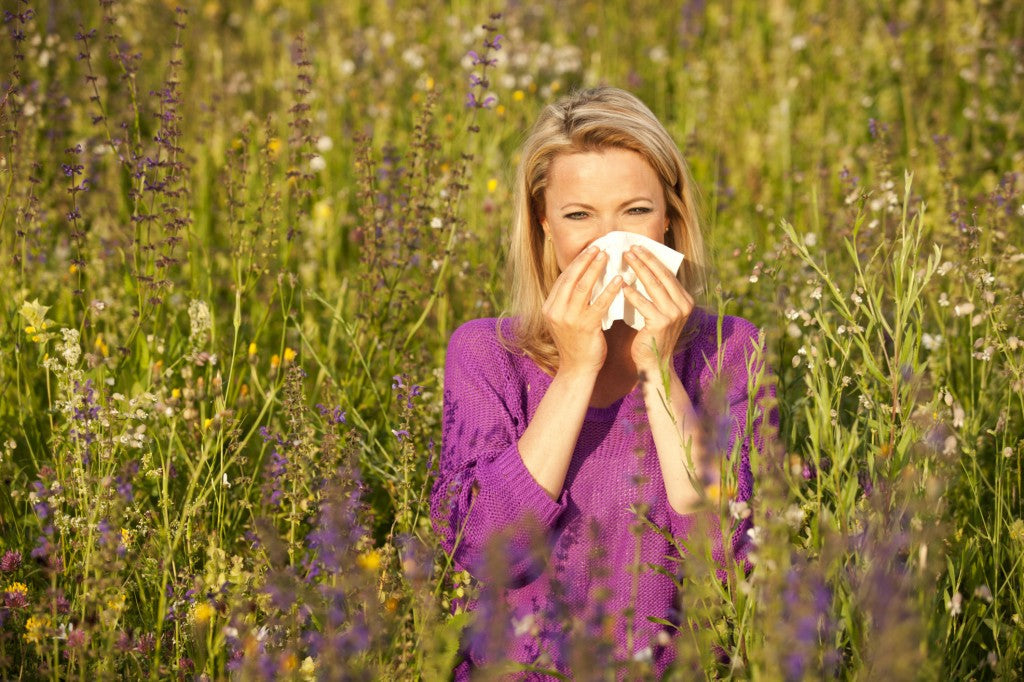Allergies, a common health condition that affects millions of people worldwide, are essentially “mistakes” of the immune system.
The body, in fact, mistakenly identifies a harmless substance (allergen) as a threat, to which it responds with an exaggerated and abnormal reaction of the immune system. This response can cause symptoms ranging from mild, such as sneezing and itching, hives , etc. to serious ones, such as anaphylaxis, a life-threatening condition.
Mechanism of action
1. Immune response
The main role of the immune system is to defend the body from infections and diseases. In some conditions, this system mistakenly treats harmless substances as 'invaders', triggering an abnormal immune response. The immune cells involved, especially B lymphocytes, produce antibodies called Immunoglobulin E (IgE). These antibodies are specific to the allergen and are central to the allergic response.
2. Awareness raising
Sensitization is the initial phase of an allergic disease during which exposure to an allergen causes the immune system to produce IgE antibodies. This phase is crucial because without sensitization, typical allergic symptoms will not occur during subsequent exposures.
3. Allergic reaction
Upon re-exposure to the allergen, IgE antibodies recognize it and signal immune cells to release various chemical mediators (degranulation), including histamine. Histamine and other substances are responsible for the various symptoms of an allergic reaction, such as redness, swelling, itching, and changes in secretions and smooth muscle tone.
Social interactions also stimulate the brain. A simple conversation can engage multiple brain regions, increasing cognitive reserve and reducing the risk of cognitive decline.
4. Inflammatory cascade:
The release of histamine leads to an inflammatory response, a cascade of events involving various cells and chemical messengers. This response increases blood flow and the recruitment of other types of immune cells (eosinophils, neutrophils, etc.) to the affected area. This can perpetuate inflammation and worsen allergic symptoms.
5. Chronic inflammation:
In some cases, continued exposure to allergens can lead to chronic inflammation, where the immune response remains perpetually active. This can cause long-term tissue damage and exacerbate symptoms, as seen in conditions such as chronic asthma or perennial allergic rhinitis.
Participating in activities organized in local community centers or simply meeting regularly with friends and family, in general every interaction can significantly contribute to psychological well-being and longevity.
Types
There are different types of reactions, classified mainly by the substance that triggers them or the way in which people are exposed to them.
- Seasonal Allergies (Hay Fever ): Caused by allergens present in the air at certain times of the year, such as tree and grass pollen. Symptoms include sneezing, nasal congestion, itchy, watery eyes.
-
Food Allergies : Reactions can range from mild itching and rashes to severe anaphylaxis and are caused by specific proteins found in foods such as peanuts, shellfish, eggs, tree nuts, and dairy products.
-
Drug Allergies : Responses to medications, which can range from mild skin rashes to severe breathing problems. Common drug allergens include antibiotics, aspirin, and nonsteroidal anti-inflammatory drugs (NSAIDs).
-
Insect Sting Allergies : Reactions to venom from stings or bites of insects such as bees or wasps. Reactions can range from mild to severe, including anaphylactic reactions that require immediate medical attention.
-
Animal allergies : Typically triggered by proteins in the skin, urine, or saliva of pets (such as dogs and cats).
-
Mold allergies : Caused by fungal spores, which can lead to respiratory symptoms (rhinitis and asthma).
-
Dust mite allergies : A reaction to dust mites, tiny organisms that live in homes. Symptoms may include sneezing, nasal congestion, eye irritation, and coughing.
-
Contact allergies : These intolerances occur when the skin comes into direct contact with allergenic substances, such as nickel, certain perfumes or latex. They can cause dermatitis, itching and redness of the skin.



